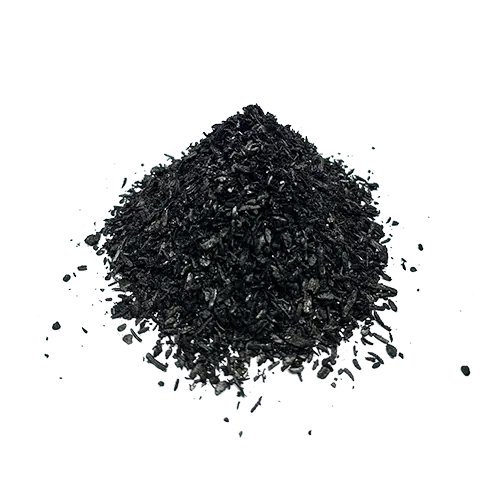
Green & Growth® Biochar 100 % Hemp
Biochar (or biocharcoal) is a material which is rich in carbon, it is highly resistant and persistent over time (refractory), it is obtained by means of thermal decomposition from any biomass in the absence of oxygen (pyrolysis).
The conditions used to obtain biochar (temperature, temperature ramp, retention time, among others), as well as the characteristics of the starting biomass (forestry, agricultural residues, animal or food residues, etc.), make possible to obtain a biochar with different physical-chemical properties, and, therefore, with different applications.
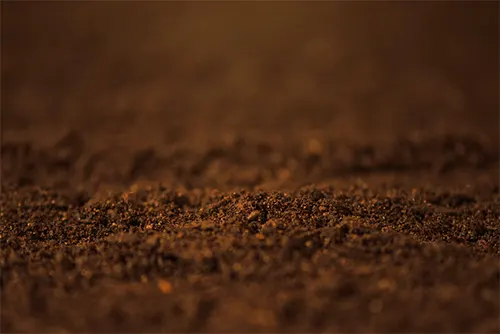
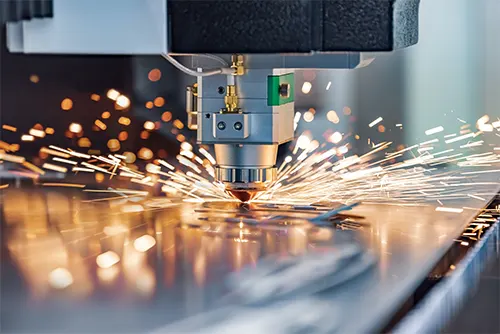

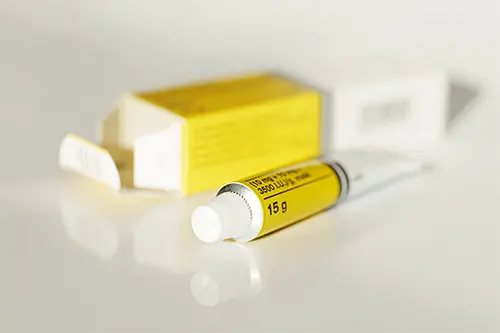
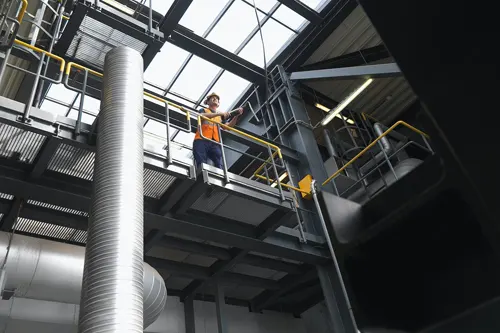

Differences between charcoal and BIOCHAR
There are numerous charcoals and biochar on the market, but it is important to know how to assess the differential quality among both of them, because charcoal can be, for example, harmful to the soil, as well as not being so resistant to degradation over time.
The main differences between charcoal and biochar lie in:
a) The different quality from their starting biomass (some may even contain contaminants derived from varnished wood, sewage sludge or originated in illegal forest sources).
b) The pyrolysis conditions. In biochar they are more carefully managed and at a higher temperature, above 500oC, which allows to decompose some compounds that could be harmful for the soil.
In general, biochar refers to a more careful product which it guarantees that it has been manufactured with clear objectives directed to its different applications, whether in soils or in other materials.
GREEN & GROWTH®
Biochar 100% HEMP
APPLICATIONS
As a soil improver, biochar establishes a complex organic-mineral relationship by interacting and facilitating the relationship between plant roots, microorganisms and the rest of organic matter, proteins and other dissolved nutrients present in soil water.
In other words, biochar improves the retention of water and its nutrients by means of avoiding leaching and favoring the establishment of beneficial microbiota communities among its porous structure, which increases regeneration capacity and natural regulation of the soil, it also improves the bioavailability of nutrients and overall fertility. This reduces the need for irrigation and soil fertilization.
This relationship is influenced by the porous structure and its ability to adsorb and chemically react with different substances. This porosity and reactive surface vary greatly based on biochar production conditions, as well as on the starting biomass.
Its porous structure favors, at the same time, the soil’s drainage capacity, avoiding its erosion in conditions of intense rain. In general, biochar is capable of regulating the edaphic ecosystem, making it more fertile and healthier, for plants, which makes it a soil amendment choice, both in favorable and unfavorable conditions, although, in any case, it prepares the ground for better coping. adverse weather conditions.
Biochar shows some physical-chemical surface characteristics which propitiate the adsorption of inorganic and organic contaminants. This adsorption capacity means that biochar can immobilize contaminants present in solid or liquid media, thus, favoring their control or elimination.
The physical-chemical properties of the biochar surface vary greatly depending on parameters such as the starting raw material with which it is generated, temperature conditions during pyrolysis or time residence at different temperatures.
This difference in conditions will modify the pore size distribution, surface groups, and ion exchange capacity in the resulting biochar, causing its effectiveness to handle different contaminants variation.
In the specific case of Green & Growth® Biochar 100% Hemp, as it is generated at low temperatures, it is more suitable for removing organic and inorganic polar contaminants, such as heavy metal ions, through functional groups that contain oxygen, precipitation and attraction electrostatics.
In this sense, before applying biochar for remedial purposes, it is advisable to have an analysis of the contaminants present in the environment; In this way, it will be possible to assess whether it is advisable to modify the pH of the medium before applying it, with the aim of generating ionic species of the contaminants so that they can be adsorbed by the biochar.
Biochar has unique properties, such as its porous structure, a large specific surface area, high thermal stability, good conductivity, refractoriness, as well as its versatility to interact with different compounds and its nature as a renewable, abundant, respectful and environmentally friendly raw material
These characteristics make biochar provide excellent properties, environmental benefits and low production cost when it is included as a filler or reinforcement in biocomposites, a practice that is beginning to attract a lot of attention around the world due to its good prospects in terms of a positive social, environmental and economic impact.
Among others, biochar provides benefits to the final biocomposite product such as:
- Reduction in the use of coupling agents, such as isocyanate or anhydride.
- Weak polarity biochars (obtained at high temperatures) are beneficial to obtain a better interface combination with hydrophobic polymeric materials.
- The porous structure of biochar can help transfer stress within the biocomposite, thus improving its mechanical properties.
- In general, biocomposites with biochar show good stability, conductivity (higher the higher the temperature used to generate the biochar) and dispersion.
Biochar can be used to improve both mechanical properties and carbon footprint of cement, as well as a substitute for aggregate, increasing strength, elasticity, and lightness.
In the same way, it can be used to improve both mechanical properties and carbon footprint of asphalt, as well as to reduce the harmful gases emitted during its production. This occurs because biochar facilitates the union between the different asphalt compounds at high temperatures, by improving the performance of asphalt binders.
Green & Growth® Biochar 100% Hemp is a lignocellulosic material with great potential for solid biofuel applications.
Specifically, it features low moisture content, low volatile matter (thus showing lower particulate matter emissions), limited ash content (creates less dirt during combustion), and high carbon content (which gives a strong energy density, associated with high calorific values).
The vast majority of black inks and dyes used in various industries are made with a highly polluting pigment called carbon black, obtained from the incomplete combustion of petroleum derivatives.
This pigment is also used as a reinforcement in plastic and rubber biocomposites. However, its use is subject to controversy due to its classification as a 2B group substance (possibly carcinogenic to humans) by the International Agency for Research on Cancer (IARC).
In addition, for every ton of carbon black produced, more than three CO2 tons are emitted into the atmosphere.
Consequently, health risk, high carbon footprint and dependence on fossil fuels, associated with this material, have led to the need of looking for alternative ecological inks.
Biochar has been experimentally tested as a substitute for carbon black with good results when it comes to manufacturing different types of black inks, and little by little, companies are already beginning to appear offering these respectful inks.
